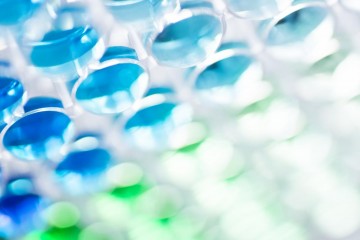Infrastructure grant
Human tissue models for lung disease

At a glance
Completed
Award date
November 2016 - October 2019
Grant amount
£404,661
Principal investigator
Professor Maria Belvisi
Institute
Imperial College London
R
- Reduction
- Replacement
Read the abstract
View the grant profile on GtR
